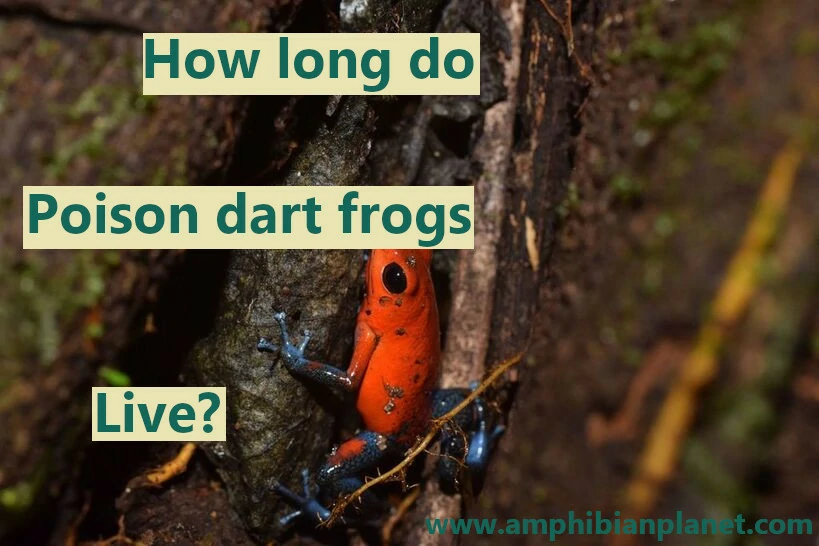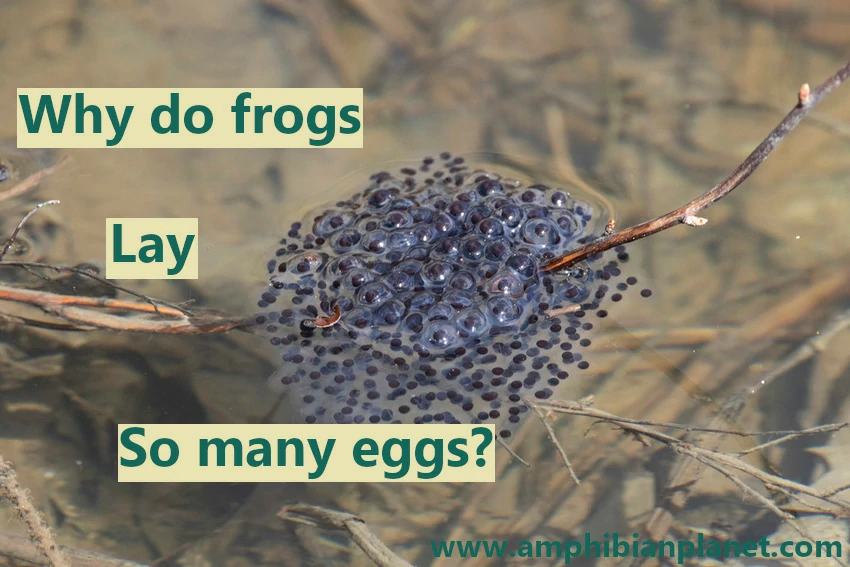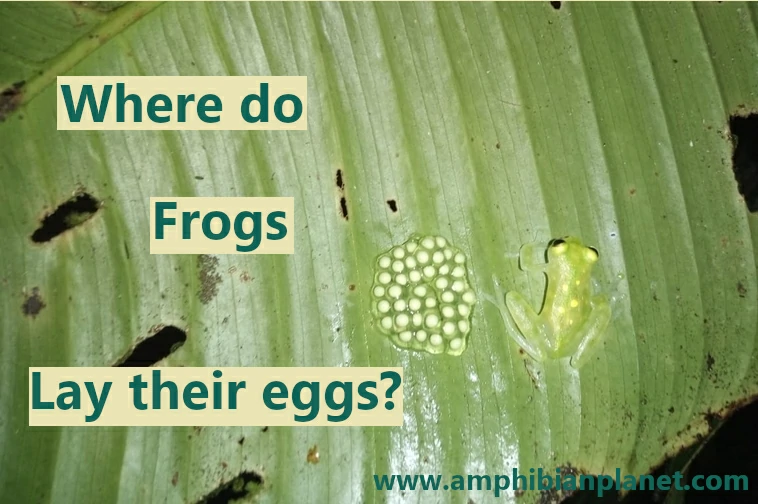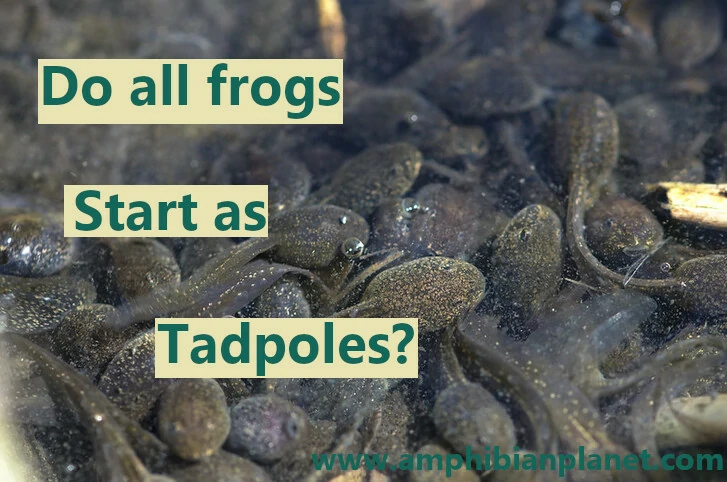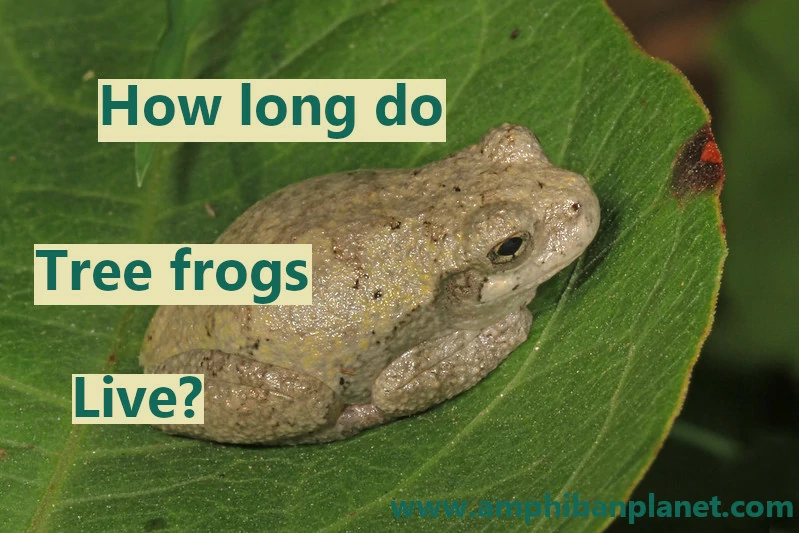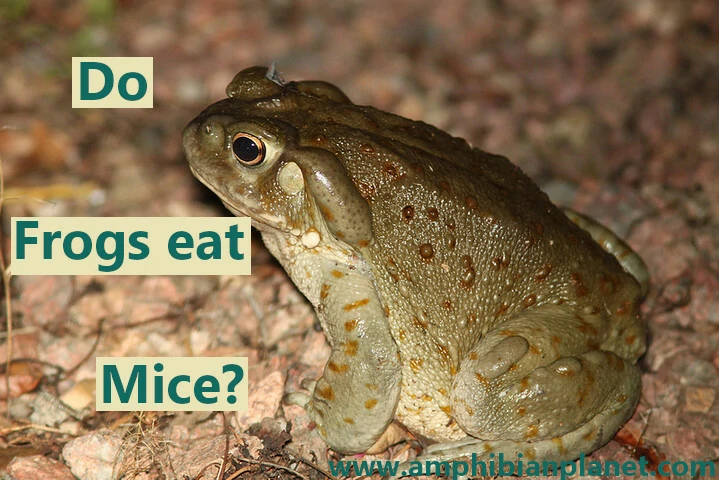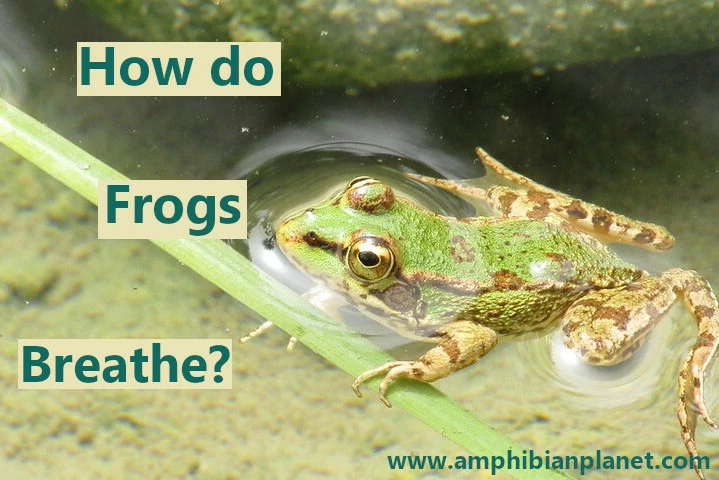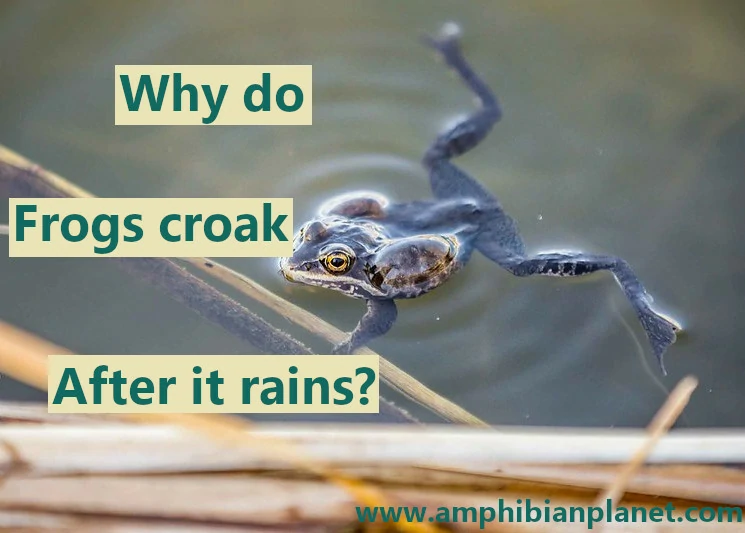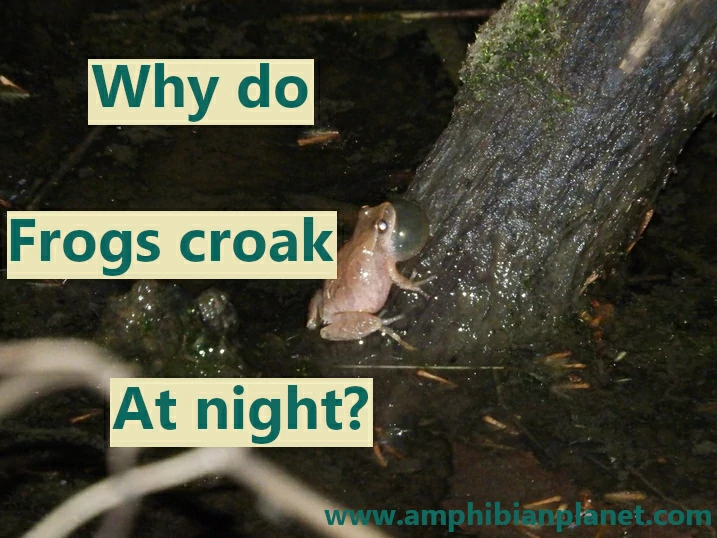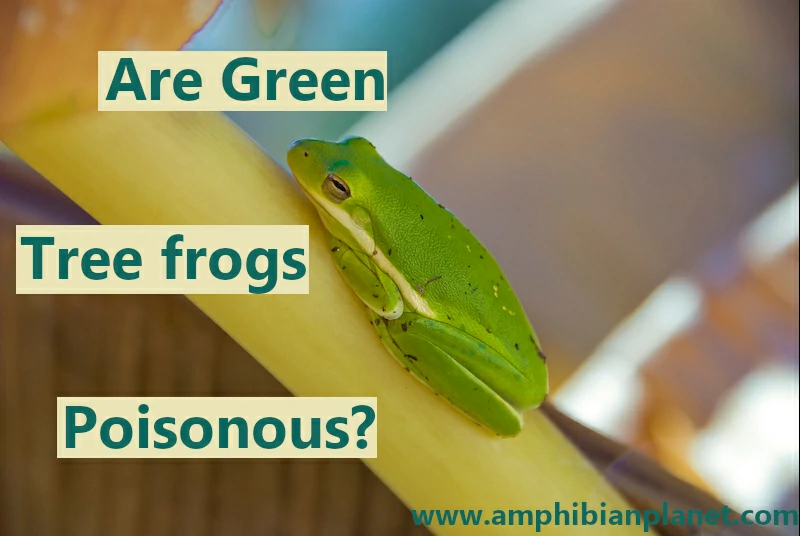How Long Do Poison Dart Frogs Live? (32 Species)
Poison dart frogs are capable of living longer lives than most people think. In the wild, the lifespan of poison dart frogs depends on their diet and the environment they live in. For captive poison dart frogs, their lifespan is mainly dependent on Depending on the species, poison dart frogs can live anywhere from 3 … Read more

